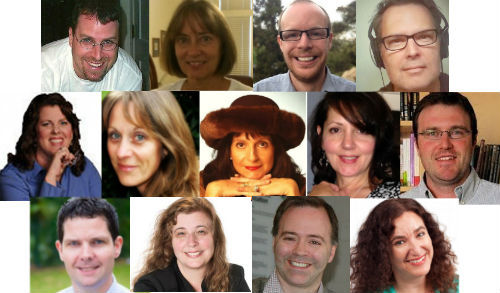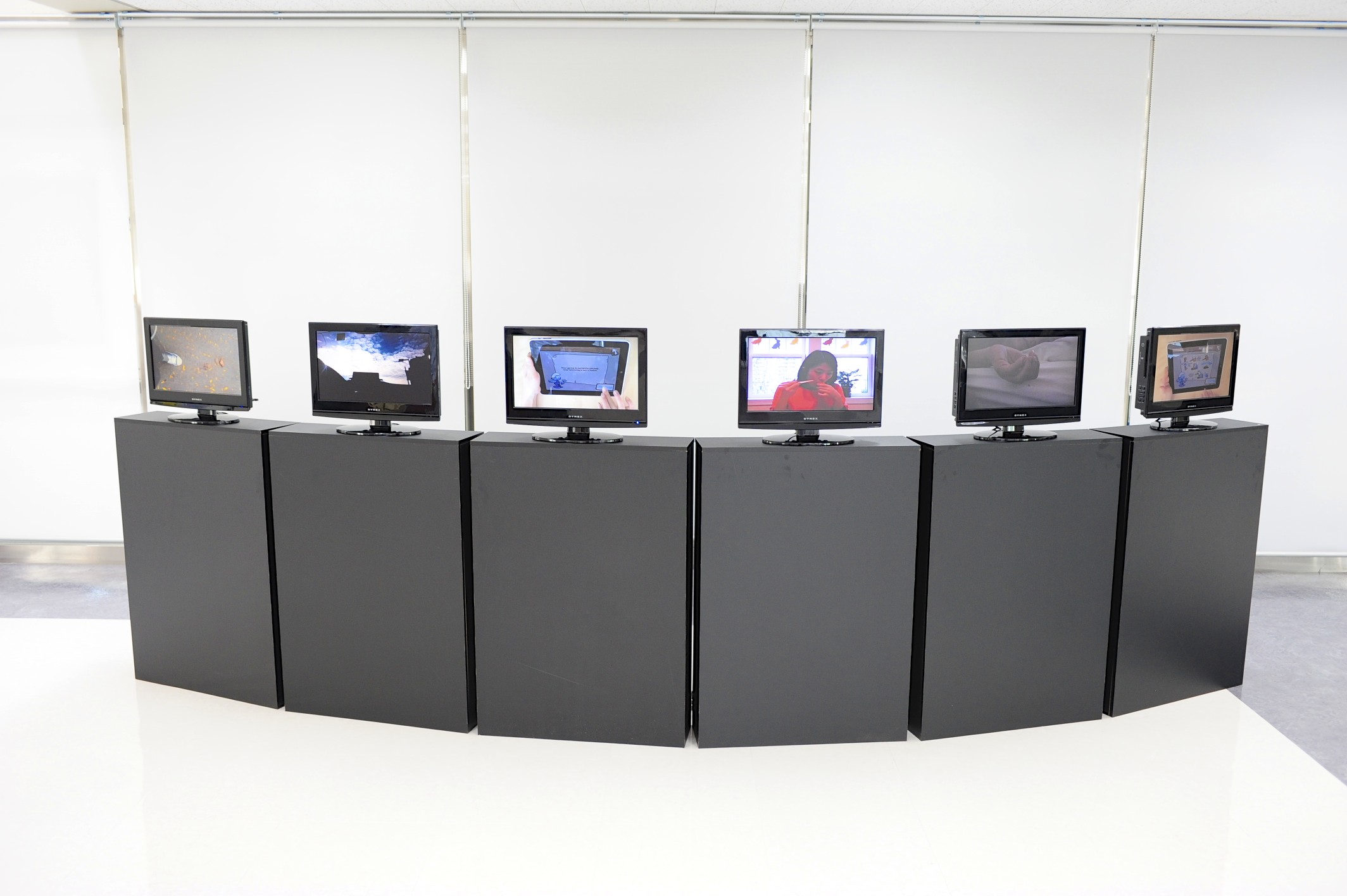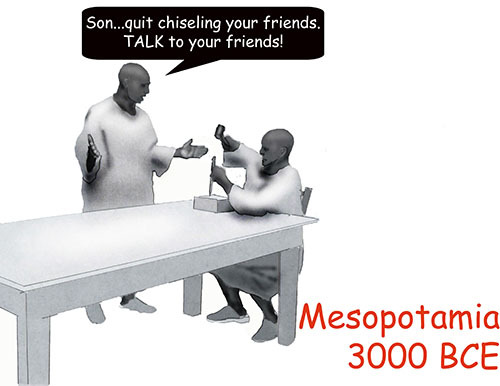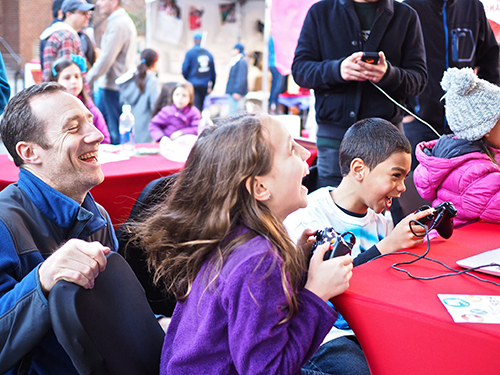
As you will learn from the insightful articles shared by our Top 12 Global Teacher team this month, global literacy starts with educators and parents being curious and interested in learning about the world around them and how it works. Only then can we begin to create truly dynamic educational responses for learning.
This month we posed this question to our teachers: بهترین روشهای درگیر کردن کلاسهای درس در یک مکالمه جهانی برای معلمان چیست?
در اینجا پاسخ های خود را می:
Global literacy is not a “انتخاب” or an add-on,” says Silvia Tolisano (langwitches); آن “part of BEING literate today.” The teacher must be “متصل” و “engaged.” Silvia shares a great list of ways to engage students in global conversations, including taking advantage of one’s own personal connections, utilizing digital tool and amplifying traditional ones. We also enjoyed her great ideas for global projects teachers can organize on their own. ادامه مطلب.
“Children and teens are communicating with people all over the world using skills that 99% of adults cannot comprehend,” says Todd Finley (finleyt). Todd introduces us to some of the young creators driving global conversations – “Take a look, it’s being livestreamed!” ادامه مطلب.
How is New Zealand Connecting Young Learners? Don’t miss Richard Wells’ (iPadWells) new book on NZ’s education system due out in 2016, but in the meantime check out his blog on global conversations and the national initiative, #KidsEdChat, which has introduced thousands of children from 5 و بالا “to a world of online connections and the learning and impact those connections bring about.” ادامه مطلب.
“Imagine only reading books from one bookshelf, when you have an entire library of great books to read.” کارن Lirenman (KLirenman) strongly believes that teachers should be involved in global conversations before they expect it of their students. So let Karen help you get started. ادامه مطلب.
“Spectacular global conversations materialize when students embrace diverse and sometimes, to American students at least, exotic paradigms.” Check out guest blogger James Sturtevant’s (jamessturtevant) terrific classroom projects that were “instrumental in fostering profound discourse this semester.” ادامه مطلب.
کریگ کمپ (mrkempnz) students come from international backgrounds and, explains Craig, are living in a country that is not “خانه”. What makes learning “جهانی” for his students? It’s all about engagement. So what are Craig’s top 5 ways for engaging students in a global conversation? ادامه مطلب.
Guest blogger Beth Holland (brholland) may have a New Year’s resolution idea for teachers – “Join a Twitter Chat, hop into a Google+ Community, or subscribe to a LinkedIn Group.” Get engaged in the global conversations, emphasizes Beth, who shares wonderful examples from all around the world. ادامه مطلب.
“We’re building the bridges today that tomorrow will walk across,” می گوید ویکی دیویس(coolcatteacher), و “the best way to engage the classroom in a global conversation is to help the conversations become part of the classroom.” Check out Vicki’s “3 Simple Steps to Help Students Become a Global Citizen.” ادامه مطلب.
تام بنت (@ Tombennett71), جو باور (joe_bower), سوزان بولز (FloridaKteacher), لیزا کوری (RippleKindness), ویکی دیویس, تاد فینلی, پائولین هاوکینز (PaulineDHawkins), کریگ کمپ, کارن Lirenman, آدم اشتاینر (steineredtech), Silvia Tolisano and Richard Wells are جهانی جستجو برای آموزش و پرورش 2014 بالا 12 جهانی معلم وبلاگ نویسان.
(Photo is courtesy of iofoto/ Shutterstock.com)


من تاریخ و رهبران فکری در سطح جهان شناخته جمله سر مایکل باربر (UK), دکتر. مایکل بلوک (ایالات متحده), دکتر. لئون Botstein (ایالات متحده), استاد خشت کریستنسن (ایالات متحده), دکتر. لیندا عزیزم، هاموند (ایالات متحده), دکتر. MadhavChavan (هند), پروفسور مایکل فالن (کانادا), پروفسور هوارد گاردنر (ایالات متحده), پروفسور اندی هارگریوز (ایالات متحده), پروفسور ایوان هلمن (هلند), پروفسور کریستین Helstad (نروژ), ژان Hendrickson (ایالات متحده), پروفسور رز Hipkins (نیوزیلند), استاد کورنلیا Hoogland (کانادا), جناب جف جانسون (کانادا), خانم. شانتال کافمن (بلژیک), دکتر. EijaKauppinen (فنلاند), وزیر امور خارجه TapioKosunen (فنلاند), پروفسور دومینیک لافونتن (بلژیک), پروفسور هیو لادر (UK), پروردگار کن مک دونالد (UK), پروفسور جف کارشناسی ارشد (استرالیا), پرفسور بری McGaw (استرالیا), Shiv در نادار (هند), استاد R. Natarajan (هند), دکتر. PAK NG (سنگاپور), دکتر. دنیس پاپ (US), Sridhar Rajagopalan (هند), دکتر. دایان Ravitch (ایالات متحده), ریچارد ویلسون رایلی (ایالات متحده), سر کن رابینسون (UK), استاد PASI Sahlberg (فنلاند), استاد Manabu ساتو (ژاپن), آندریاس Schleicher (PISA, OECD), دکتر. آنتونی Seldon (UK), دکتر. دیوید شافر (ایالات متحده), دکتر. کیرستن همهجانبه هستند (نروژ), صدراعظم استفان Spahn (ایالات متحده), ایو Theze (LyceeFrancais ایالات متحده), پروفسور چارلز Ungerleider (کانادا), پروفسور تونی واگنر (ایالات متحده), سر دیوید واتسون (UK), استاد دیلن Wiliam (UK), دکتر. علامت گذاری Wormald (UK), پروفسور تئو Wubbels (هلند), پروفسور مایکل جوان (UK), و استاد Minxuan ژانگ (چین) به عنوان آنها در پرسش های بزرگ آموزش و پرورش تصویر است که تمام کشورهای امروز با آن مواجه بررسی.
جهانی جستجو برای آموزش و پرورش انجمن صفحه
C. M. روبین نویسنده دو مجموعه آنلاین به طور گسترده به عنوان خوانده شده که او دریافت است 2011 جایزه آپتون سینکلر, “جهانی جستجو برای آموزش و پرورش” و “چگونه آیا ما به عنوان خوانده شده?” او همچنین نویسنده سه کتاب پرفروش, محتوی رئال آلیس در سرزمین عجایب, ناشر است CMRubinWorld, و یک Disruptor بنیاد همکار.
دنبال C. M. روبین در توییتر: www.twitter.com/@cmrubinworld





نظرات اخیر